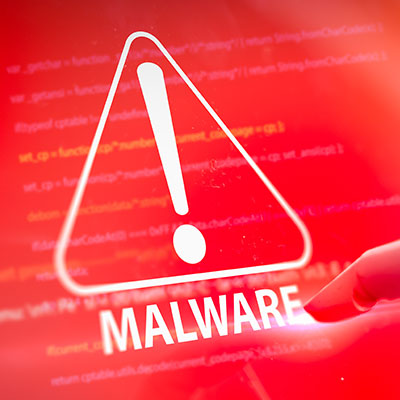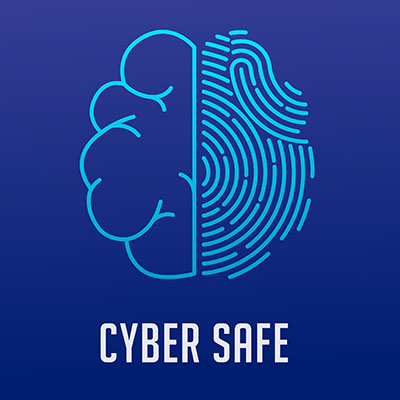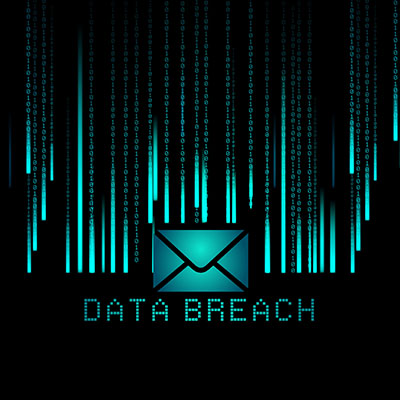It doesn’t always take a complicated malware or ransomware attack to break your business. Sometimes it’s as easy as someone sending you an email and pretending they have authority over you. Compromising a business email is one of the most common and easy hacking attacks to pull off, so you should be aware of how to put a stop to it.
Microsoft generally takes security very seriously, and for the most part, if you keep your Windows and Server operating systems updated, you can generally depend on some base-level security and stability. Unfortunately, it was recently discovered that, for almost two years, a very critical defense mechanism within Windows wasn’t being properly secured.
In August, LastPass suffered a data breach that allowed hackers to access the LastPass source code. Let’s take a look at this situation and see what you need to do to maintain proper password security moving forward.
Just like any other business that takes some time to get to know a new client, a new type of ransomware can take up to two weeks to map a network before it goes in for the kill. This threat from a group called Zeppelin has the potential to be a major threat actor in the ransomware space.
Cybersecurity, to many, can sound inherently complicated—complicated enough, perhaps, that many may elect to put it off for as long as they can, or even choose to go without it. Even without our obvious bias factoring into our considerations, this is a bad idea. Let’s go over some basic security practices that are simple to enact, but can easily make a world of difference for your security.
We’d be the first to admit that, as much as we’d recommend that you use multi-factor authentication wherever it is available, MFA isn’t perfect. This makes the idea that an improvement to these methods is on the horizon an intriguing one. Let’s discuss what may become the new and improved standard fairly soon.
Did you know that you could be the victim of a data breach without even knowing it? It’s possible, really. If a hacker has managed to infiltrate a website or service that you use without giving up the goat, so to speak, they could have your information and you might not even know about it. Thankfully, there are ways around this, and it all starts by asking that simple question: what if my information was stolen, and what is it being used for?
Using USB drives to spread threats is certainly not a novel concept, and you should always be wary of potential threats using USB drives to make their rounds. In particular, a new and emerging threat called the Raspberry Robin worm could shake things up in the world of cybersecurity. What is this threat, and how can you keep yourself and your business safe from its attacks?
Ransomware is never a good thing, but for some, it can be worse than it is for others. Take educational institutions, for instance—they’ve become a favorite target for cybercriminals to take advantage of, unfortunately successfully. Many resort to paying up, something that we’d never recommend.
As the technology we use in business and in life has advanced, the threats that target it have done the same and then some. Let’s take a few minutes to discuss these threats and what you need to do to protect yourself.










